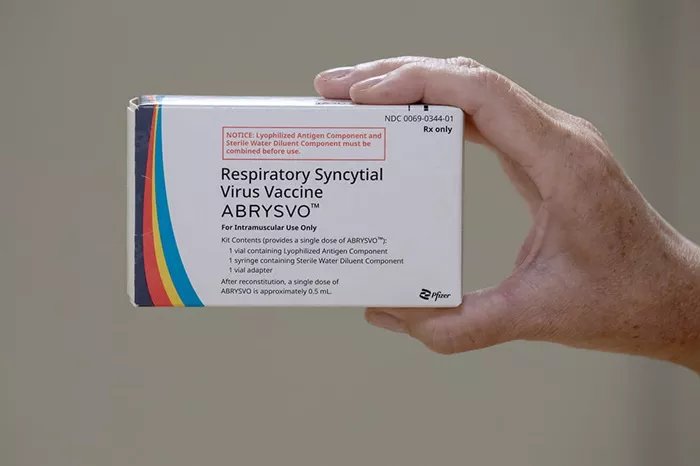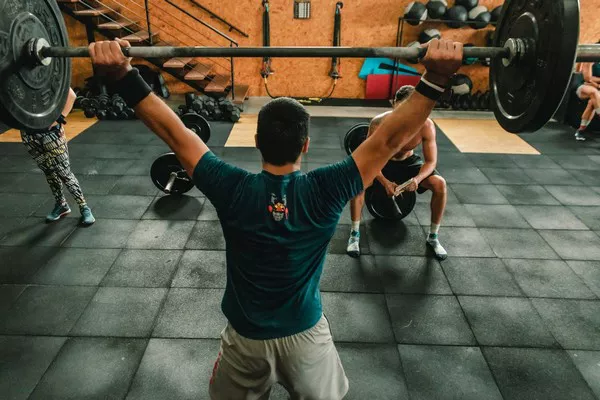By Barbara Jacquelyn Sahakian, Professor of Clinical Neuropsychology, University of Cambridge
and Christelle Langley, Postdoctoral Researcher in Cognitive Neuroscience, University of Cambridge
Anxiety disorders are the most prevalent mental health conditions worldwide, yet many sufferers struggle to access timely professional support due to long waiting lists in numerous countries.
Globally, only about 28% of people with anxiety receive treatment, with similar figures in the UK and around 37% in the US. Multiple factors contribute to this treatment gap, including limited resources, a shortage of mental health professionals, and the stigma surrounding mental illness.
For those unable to access traditional care promptly, home-based methods, including emerging technologies, offer alternative ways to manage symptoms. To understand how these innovations work, it is important to first examine how anxiety manifests in the brain and body.
Anxiety symptoms affect not only physical health but also cognition, emotions, and behavior. Common signs include difficulty concentrating, irritability, nervousness, heart palpitations, trembling, sleep disturbances, and feelings of impending danger. These symptoms often begin in childhood or adolescence and, if untreated, can persist into adulthood.
The development of anxiety is influenced by a complex interplay of genetic and environmental factors such as academic or workplace stress, financial insecurity, social isolation, and experiences of bullying or abuse during childhood. Research using neuroimaging has shown that childhood trauma can alter brain connectivity in areas like the medial amygdala, which processes fear and anxiety, and the anterior insula, involved in emotion regulation.
Anxiety frequently co-occurs with depression and other disorders, including attention deficit hyperactivity disorder (ADHD) and autism spectrum disorder. The COVID-19 pandemic saw a 25% increase in anxiety and depression rates, with individuals having neurodevelopmental conditions reporting higher emotional difficulties. According to the UK Children’s Commissioner, referrals for anxiety-related mental health support for children have more than doubled since the pandemic, with 500 children referred daily.
Ongoing research continues to explore better treatment options for these populations. For example, recent studies show that children with anxiety and impulsive behavior are at greater risk for suicidal thoughts and depression, highlighting the need for tailored interventions.
Despite the pressing need, diagnostic waiting times can extend for years. In response, neurotechnology companies are developing innovative tools aimed at managing anxiety symptoms before they worsen. These technologies offer promising alternatives or complements to traditional therapies.
Devices such as Moonbird use handheld mechanisms to guide users through paced breathing via gentle tactile feedback, helping to calm the nervous system. Parasym employs vagus nerve stimulation through small wearable devices that deliver mild electrical pulses to modulate brain regions linked to emotion and stress regulation.
Other companies like Neurovalens and Flow Neuroscience are investigating non-invasive brain stimulation techniques, including transcranial direct current stimulation (tDCS), which delivers mild electrical currents through scalp electrodes to influence prefrontal cortex activity involved in mood regulation. Reviews of tDCS research indicate potential benefits for anxiety treatment, though larger and longer-term studies are required.
Physiological responses to life events, such as heart rate, also play a role in anxiety. Meaningful social interactions often involve “physiological synchrony,” where bodily functions align between individuals, fostering connection. However, anxiety disorders such as social anxiety and postpartum anxiety can disrupt heart rate stability, reducing this synchrony. LYEONS Neurotech is developing devices to restore physiological synchrony, targeting anxiety, post-traumatic stress disorder (PTSD), and ADHD.
On the digital front, platforms like Headspace provide guided meditation and cognitive behavioral therapy (CBT) programs, while ieso offers text-based CBT for mild to moderate anxiety and depression. These tools combine mindfulness, breathing exercises, and behavioral strategies to build emotional resilience and reduce anxious thought patterns.
Emerging technologies also include virtual reality applications, which are being tested for exposure therapy and immersive stress reduction.
Together, these advancements harness scientific knowledge and clinical insights to expand mental health support options beyond traditional care. Successfully addressing the growing burden of anxiety will improve individual well-being, enhance productivity and happiness, and benefit society as a whole.
Related Topics

































